Millennial chinars (plane trees) Urgut or mysterious Uzbekistan. Part one.
My old friend called me and offered to go for a couple of days to Samarkand and its surroundings. The guys from the company "Mysterious Uzbekistan" organize small tours (just on a weekend) in different parts of Uzbekistan. A distinctive feature of these tours are trips to places that are not yet particularly popular for tourists and lie (still lie) away from the main tourist routes. Such exotic names as "Four Chinars", "Devil Plateau", "Amankutan", "The Cave of the Lion" sounded unfamiliar and very inviting. Of course, I immediately agreed. Firstly, it was interesting and very much wanted to visit new places for me. Secondly, there will be something to write about on Mapala!
The trip itself took two days - on the first day we visited Chor-Chinor, then climbed onto the Devil's Plateau, then descended the old caravan route of Tamerlane's time and climbed into the Lion's Cave, and tired and happy arrived in Samarkand, where they stayed at a two-hundred-year-old hotel. On the second day we went to Hazrati Dawood or the cave of the biblical prophet David. But first things first.
Early Saturday morning we went to the city of Urgut, bordering with Tajikistan. By the way, this city is known for the fact that during the Soviet period a stream of drugs from Afghanistan through Tajikistan was flowing from there, which was covered after the collapse of the Union. In addition, until recently, there were no traffic lights in Urgut. Despite the fact that the city is quite well-off and there are a lot of cars. We went as we wanted. Locals called it Bombay - for the fact that the flow of traffic was chaotic and disorderly.

But that's not the point. In Urgut is the complex "Chor-Chinor". Chor-Chinor is translated from the Tajik language as "Four plane trees". In fact, there are more than four.
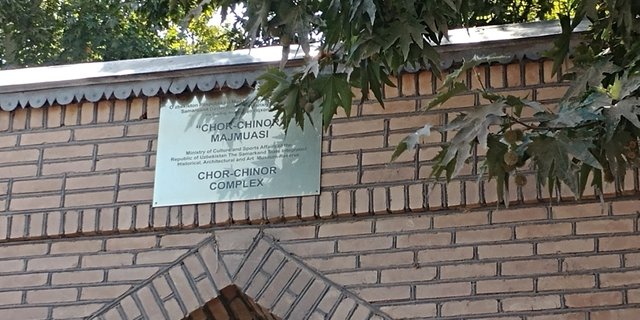
To get to Chor-Chinor, you must first drive a lot, climbing up the narrow and winding streets of Urgut. Considering that most of the way in potholes, then a similar upgrade is a test for both the passengers and the undercarriage of the car. Chor-Chinor memorial complex, in which there is a park of chinar, a mosque and a spring.
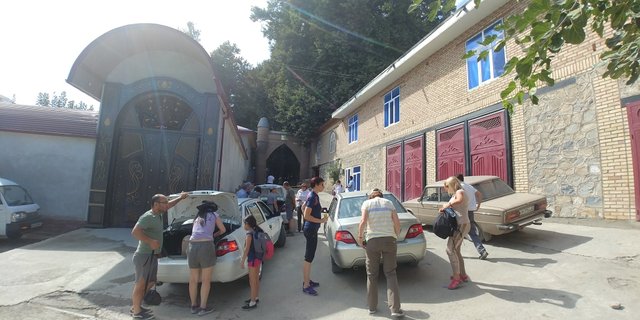
There are two legends about the origin of this place. According to one of them, the son of the ruler of Bukhara went to these places to teach science and spread Islam. With him, he took sprouts of plane trees, which he planted, arriving in a new place. After his death, he bequeathed to bury himself near these plane trees. Many centuries have passed, and the plane trees have continued and continue to grow.
According to the second legend, the plane trees were planted by Khoja Abu Talib, an Arab commander who invaded these lands and became ruler of Urgut. He died in 867 and was buried at the foot of the plane trees planted by him.
Anyway, but now the territory of the complex grows plane trees, whose age exceeds one thousand years!
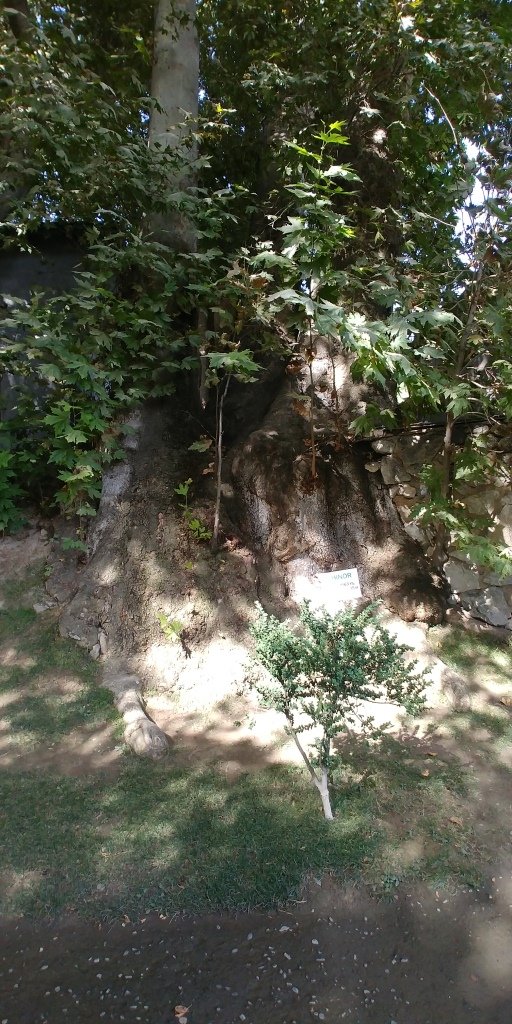
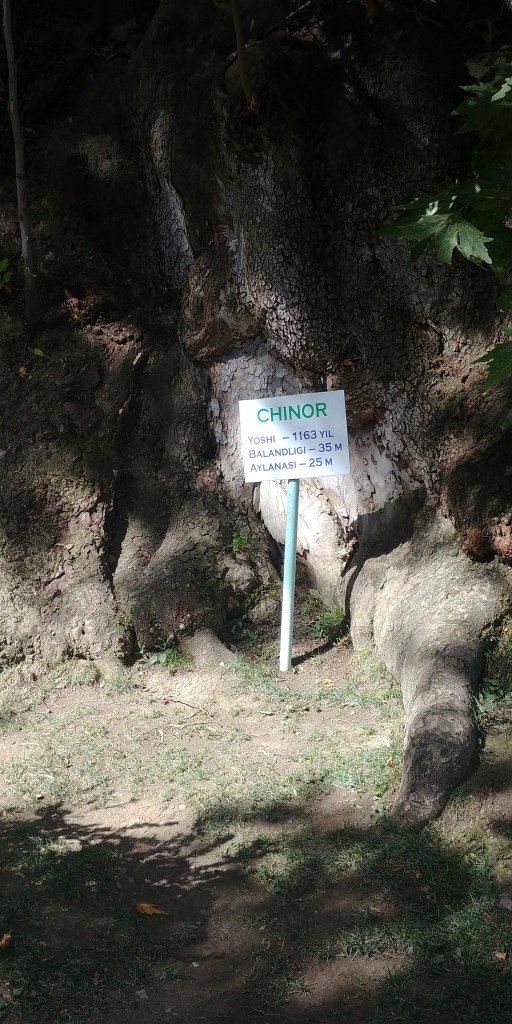
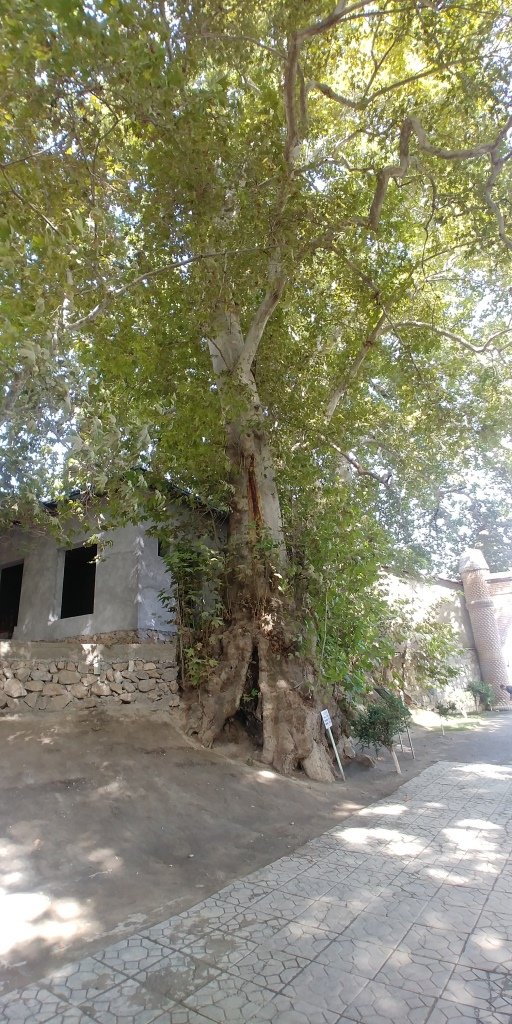
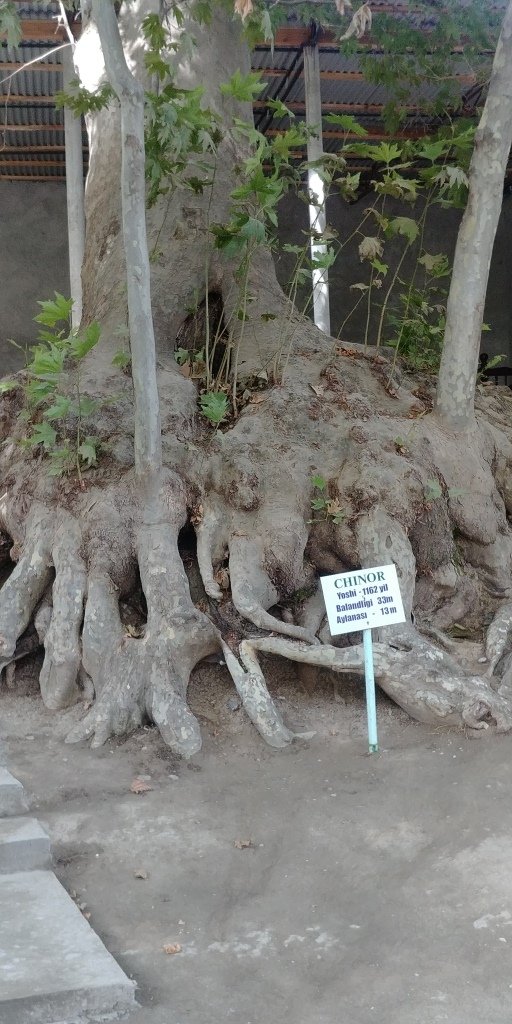
In the hollow of one of these millennial trees can fit 16 people. In any case, our entire group, including the guide there, quite freely settled. Despite such a huge hollow, the tree is alive and continues to grow.
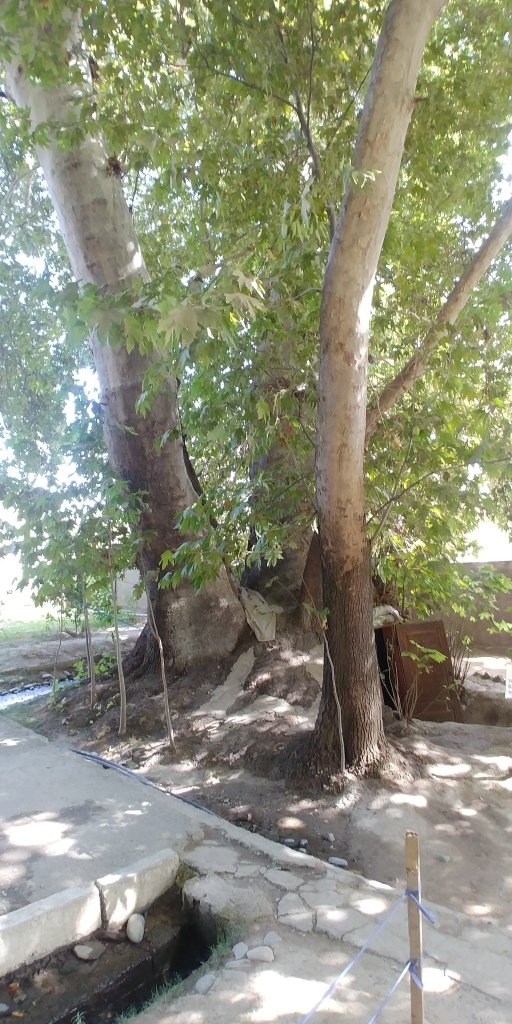
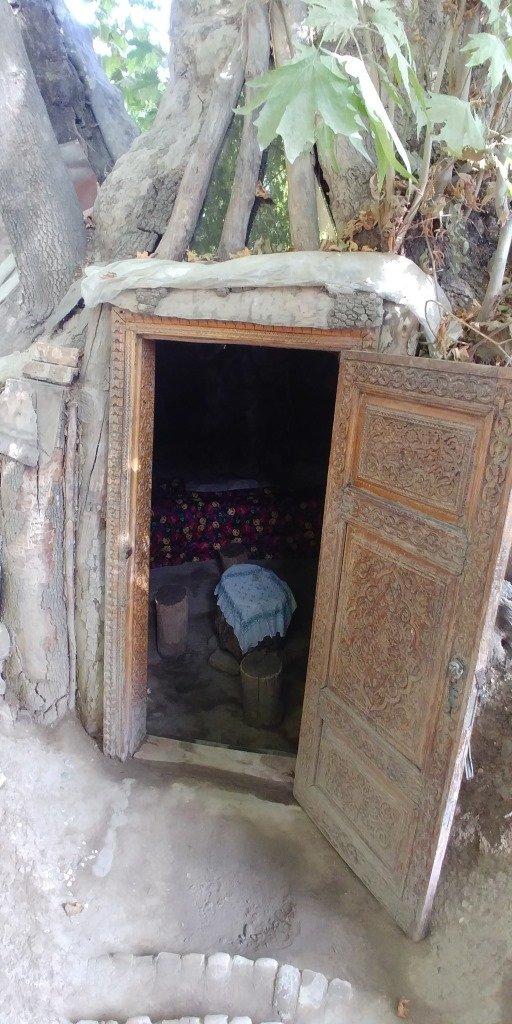
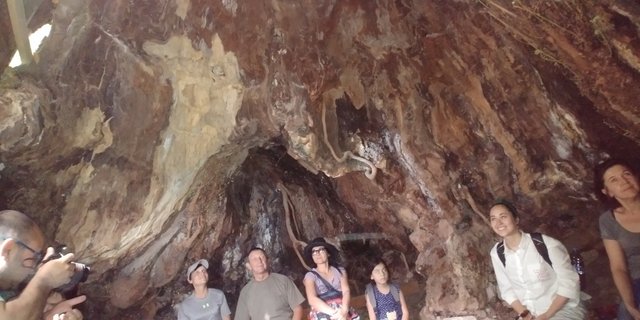
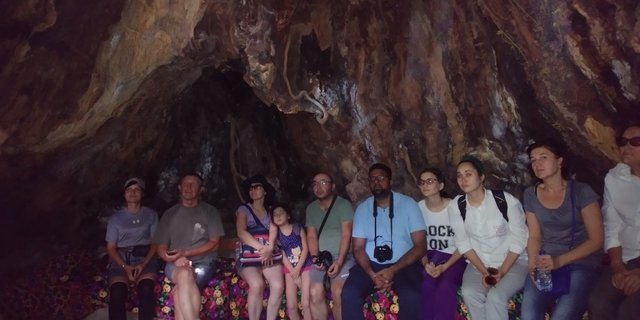
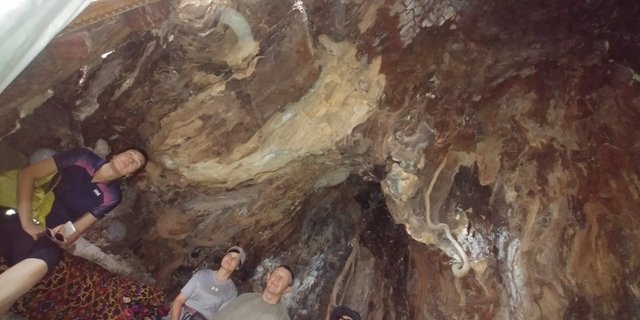
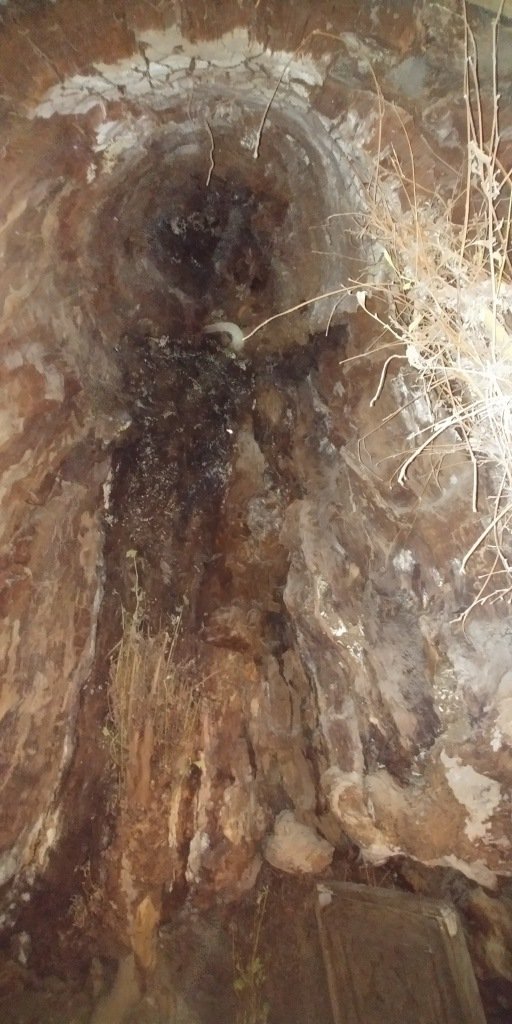

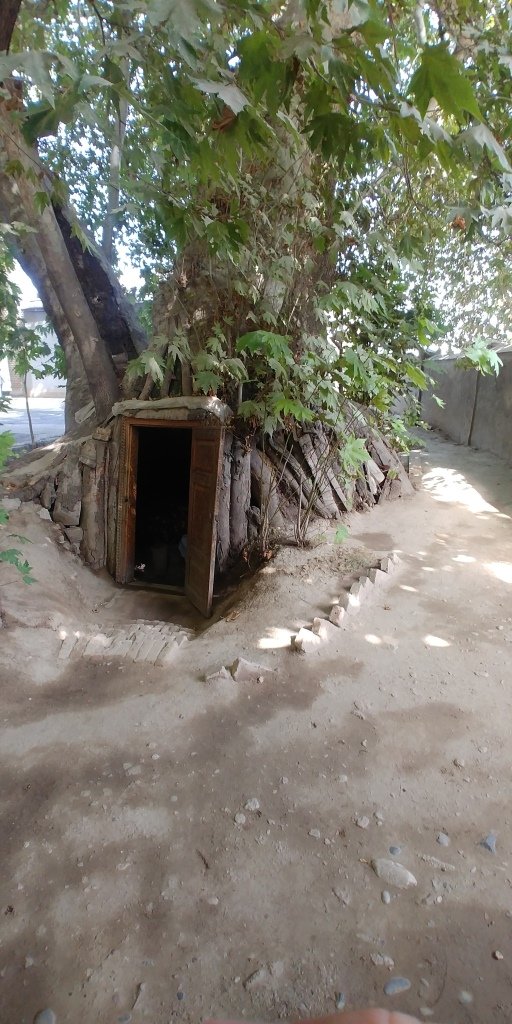
Once in ancient times in the hollow of this plane tree there was ... a school. Later, the Bolsheviks held secret meetings in it when they planned to establish Soviet power in Uzbekistan. The hollow is quite large and cool, even damp. In it, probably, it is convenient to hide from the summer heat. By the way, dervishes (wandering monks) did just that.
Next to this remarkable plane tree in 1917 a mosque was built. Initially, it was planned to build a madrasah, but then the building was adapted to a prayer house. In different years of the Soviet era, there was a school, a hospital and a warehouse, but then the building was again used as a mosque. Its peculiarity is that the building is built on an inclined surface, but it is built so skillfully that it is invisible.
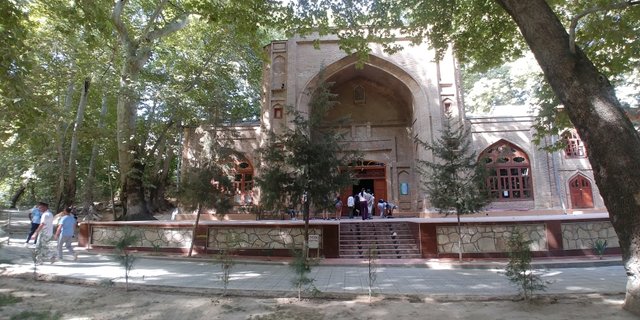

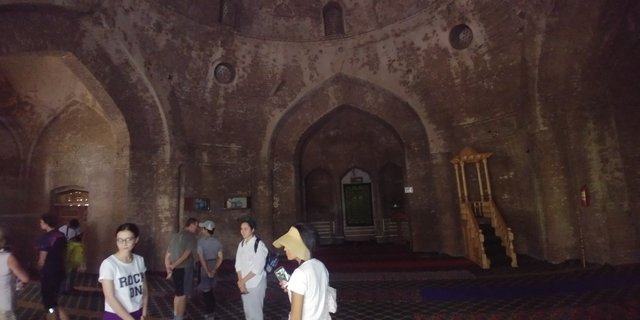

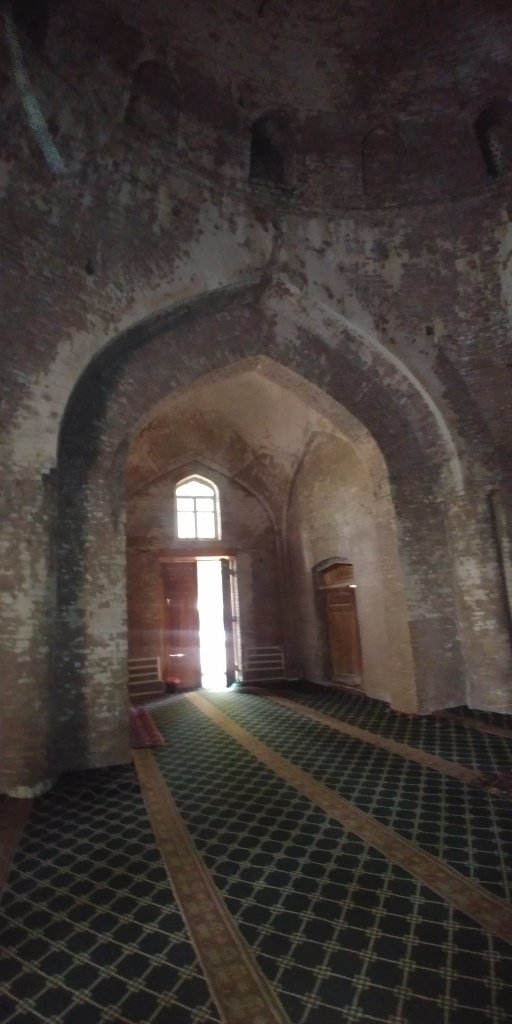
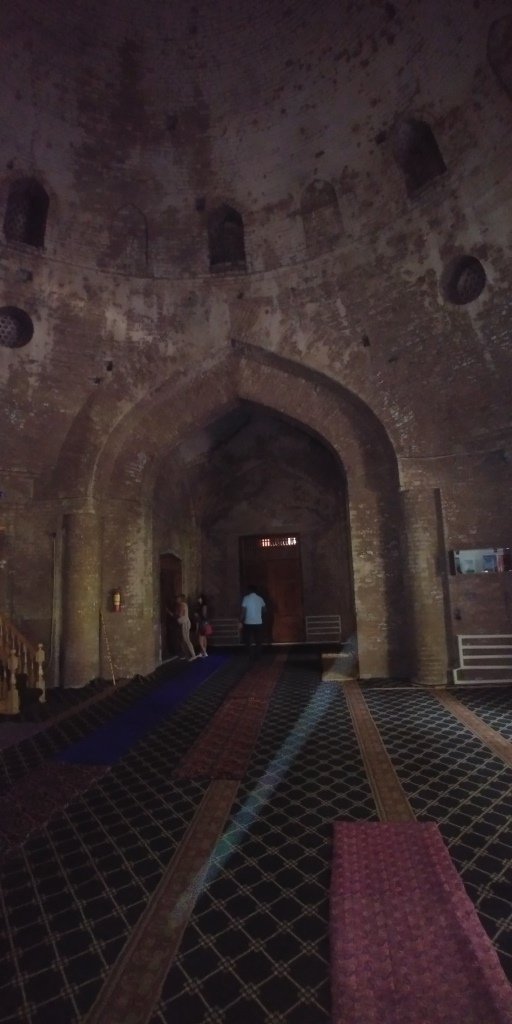
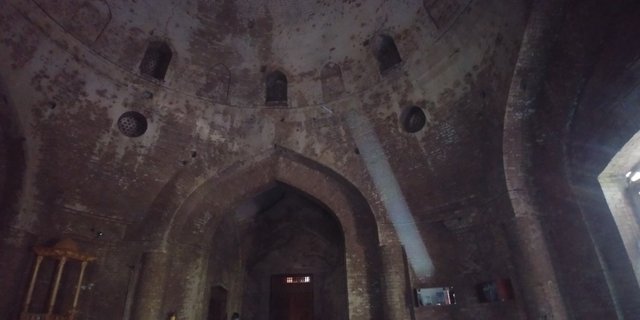
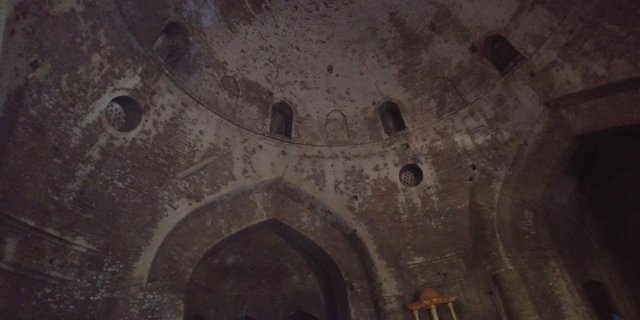
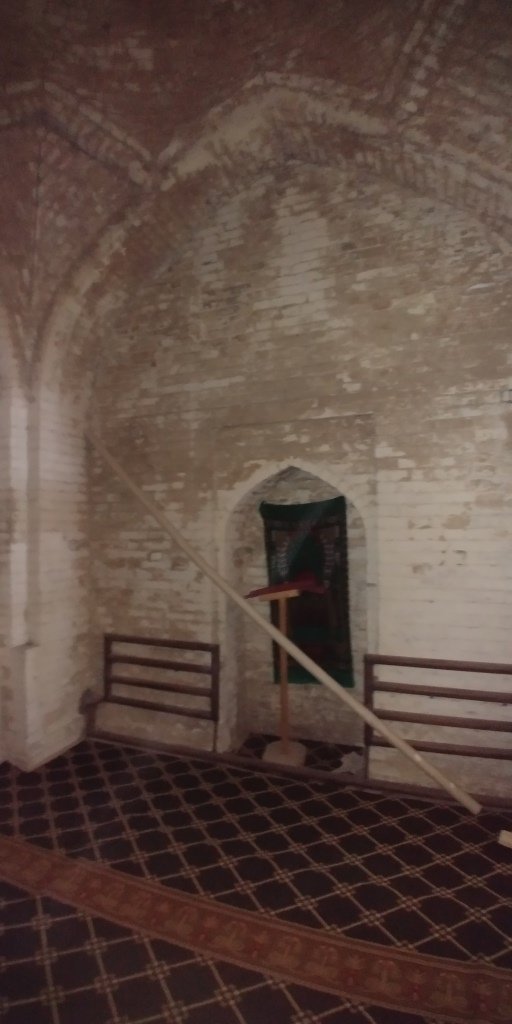
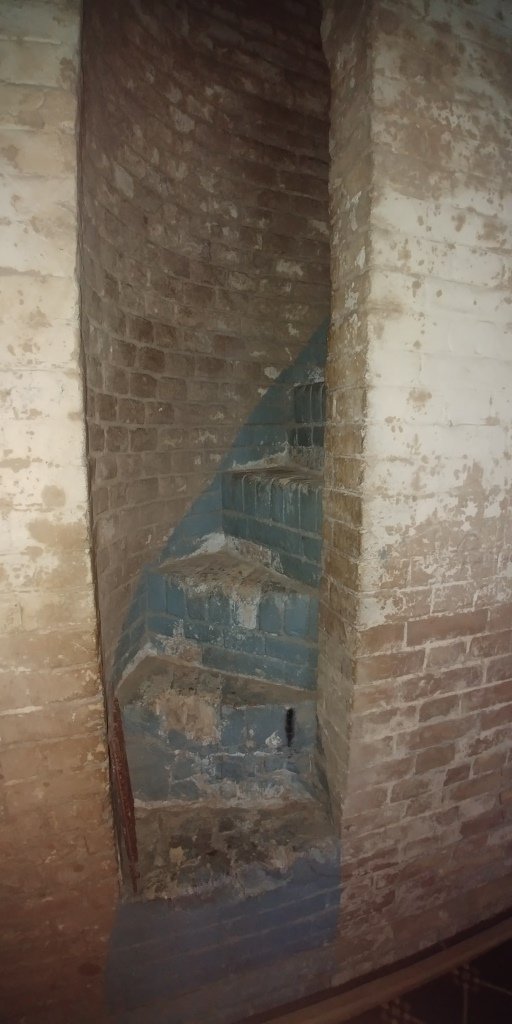
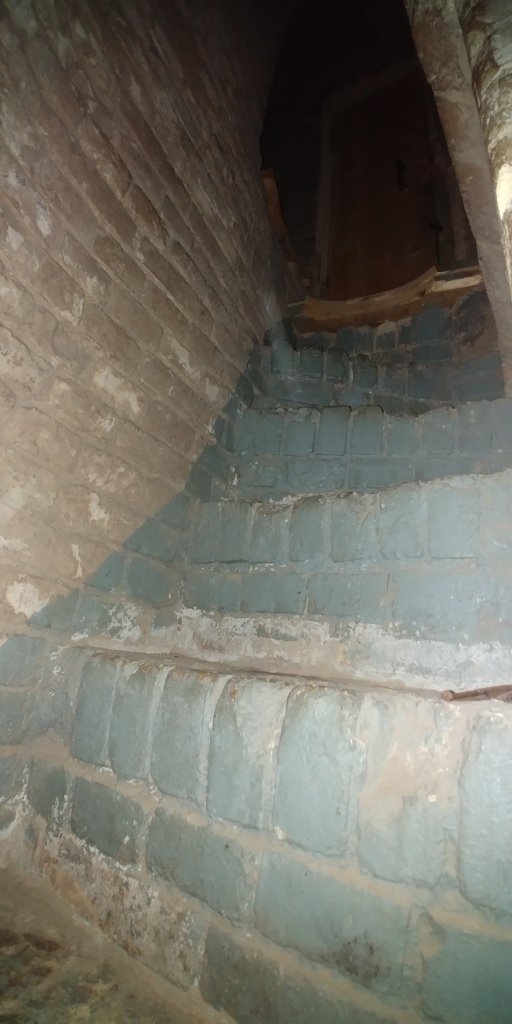
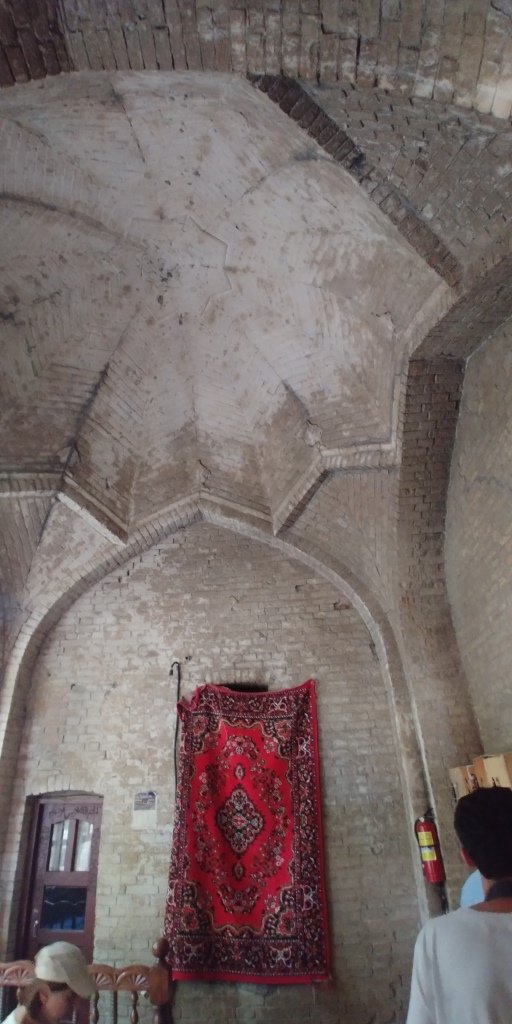
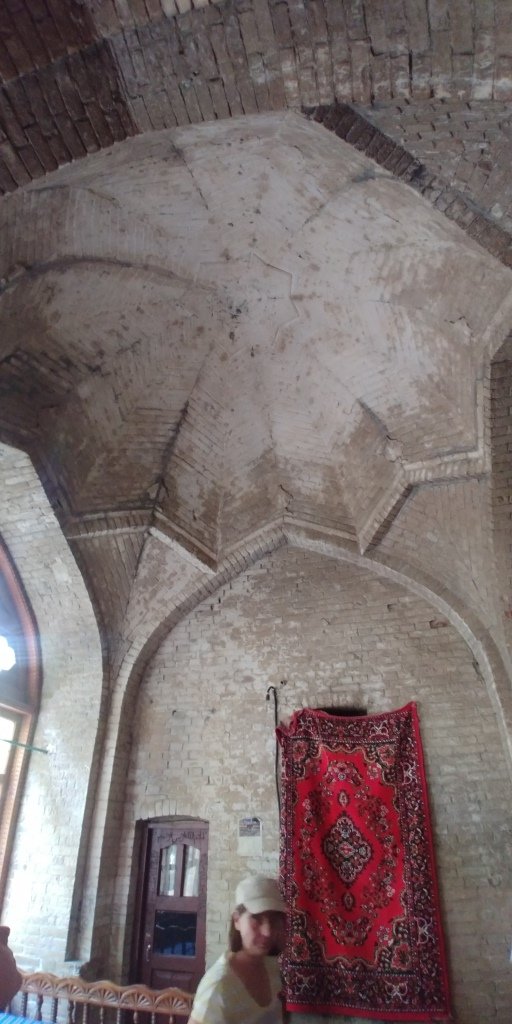
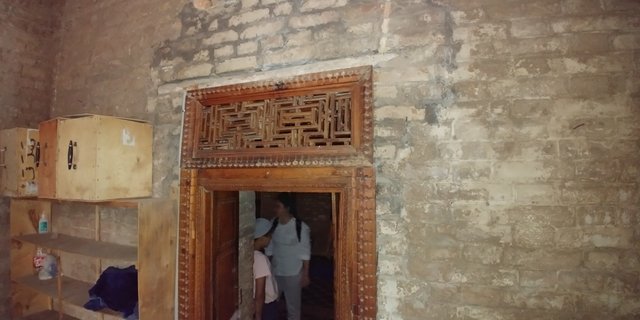
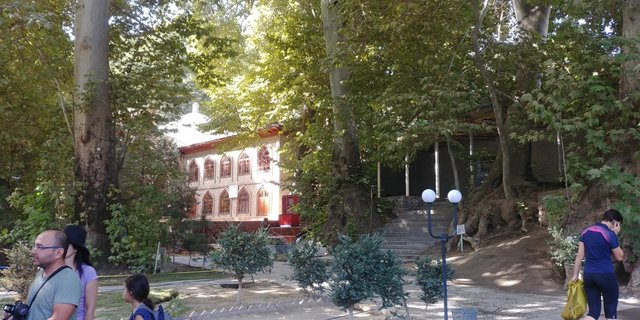
The building retains the traces of its former beauty. But, in contrast to their Samarkand and Bukhara "brethren", restorers have not yet restored the interior decoration.
Throughout the complex are planted plane trees. There are probably dozens of them, if not hundreds. In general, as you step over the threshold of the complex, you seem to fall into another world. In the fairy forest, where among the centuries-old trees a stream croaks, ponds splash in the pond. It's so calm and quiet. All problems are forgotten and a tranquil state sets in. I do not want to hurry anywhere. I want to sit under the shade of trees and reflect on the meaning of life, about the eternal.
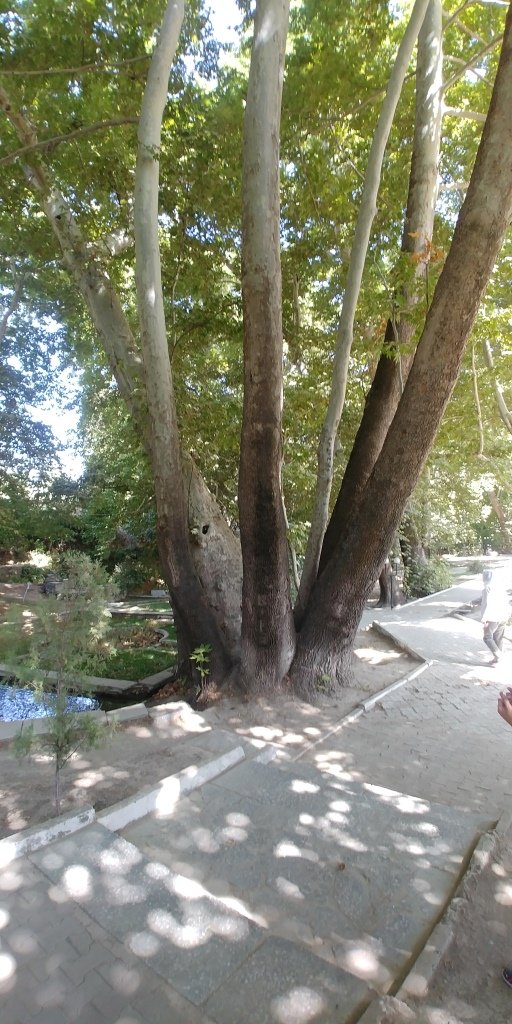
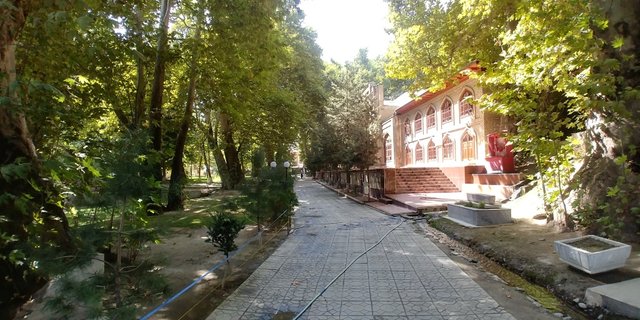
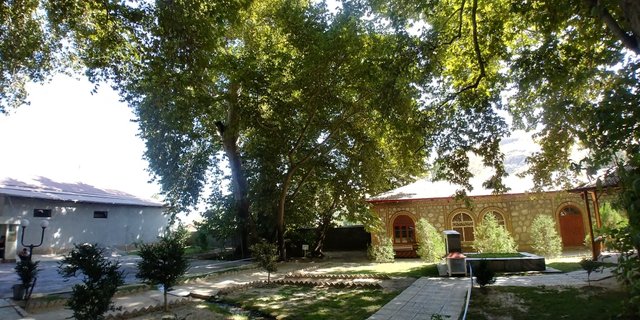
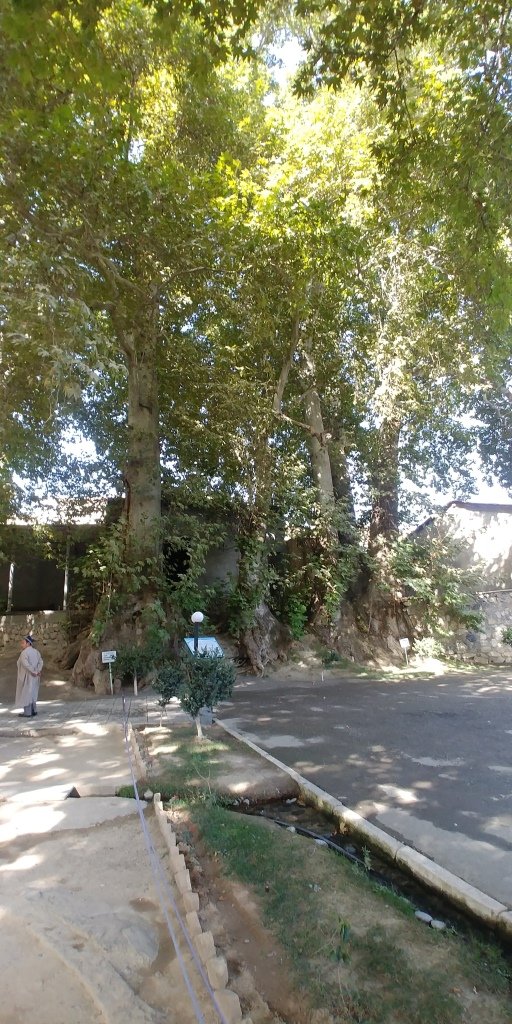
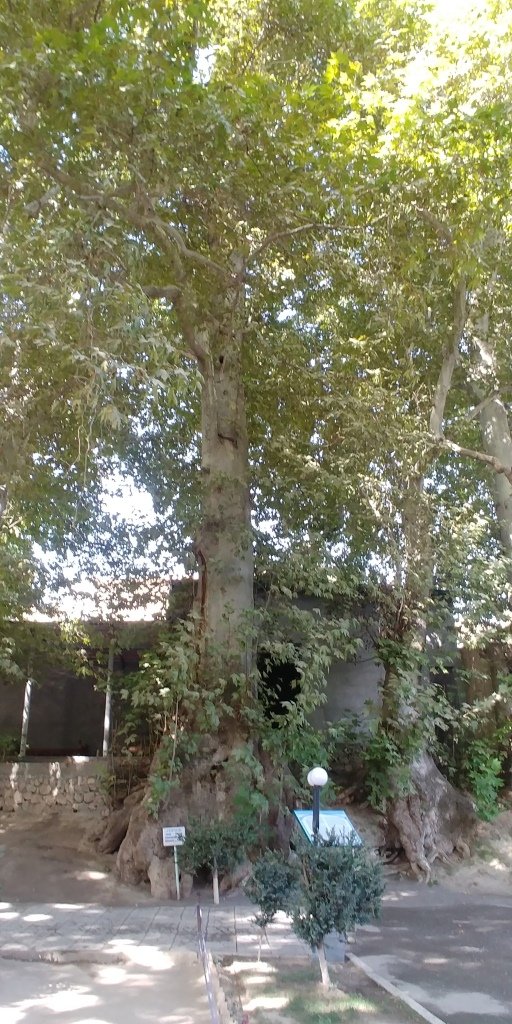
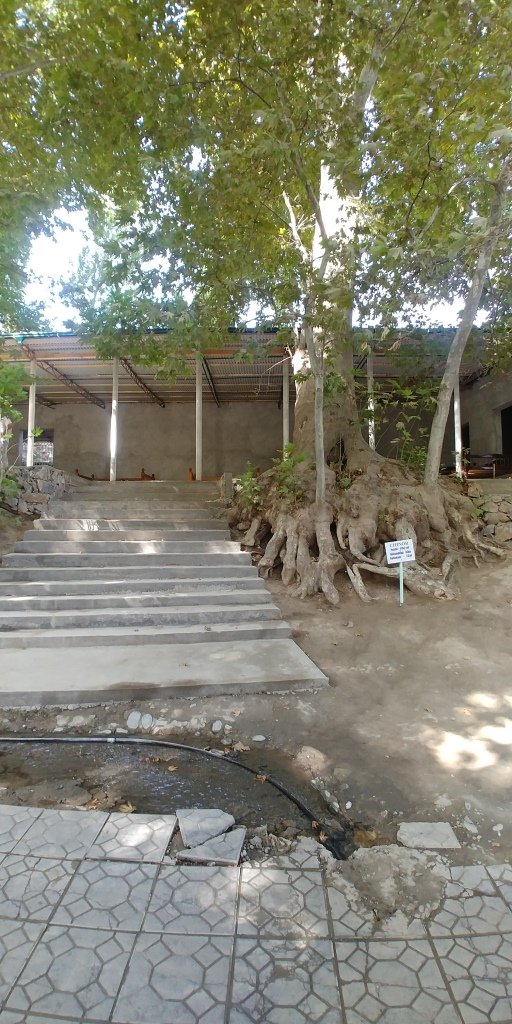
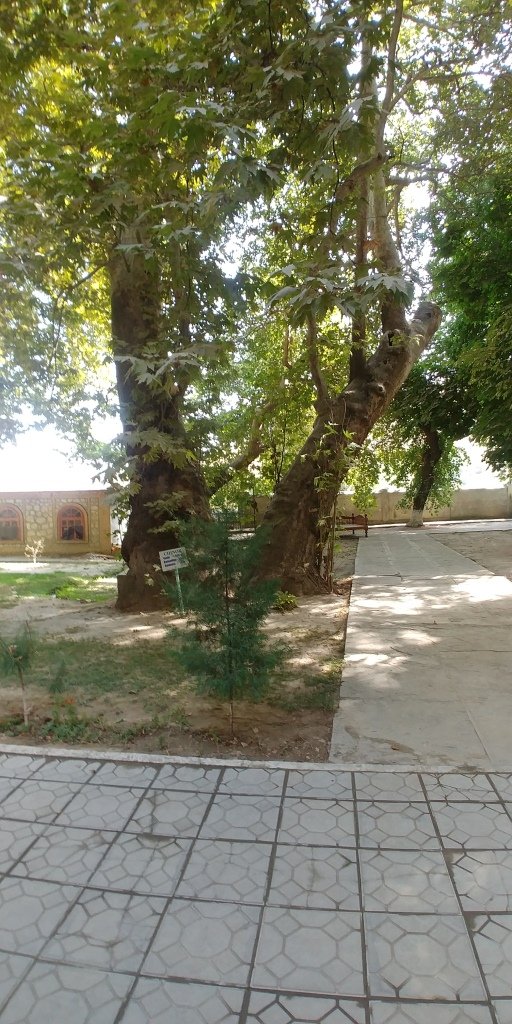
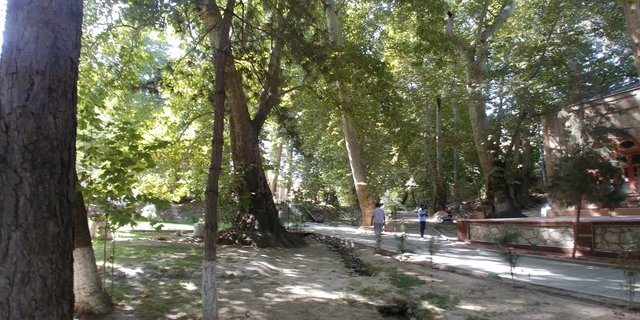

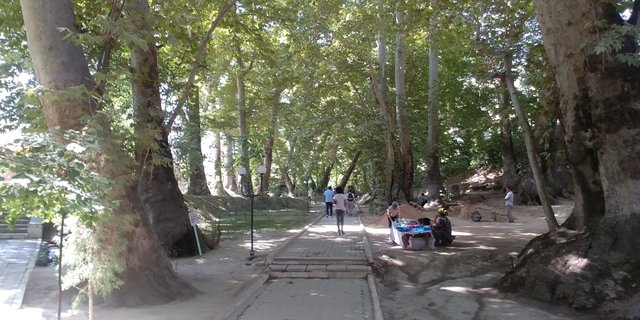
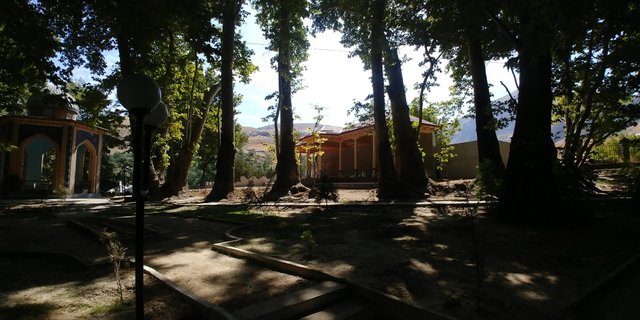
By the way about the stream. He, like the whole place, is closely connected with legends. The old people say that once in ancient, ancient times, one hero punished the monsters of devas (spirits) with a stone and stuck his ground. From there a source was blown up, the water of which is considered sacred. It's certainly a beautiful legend. But that's interesting - this mountain water flows from the very tops, so it's so cold and tasty. Relatively recently, hydro-scientists decided to investigate this stream and raised a stone. During the night the spring dried up and all the water disappeared. The locals demanded that the stone be returned to its original location, exactly the way it used to be. The stone was returned to its former place and the spring again scored. How? This is a simple old mill millstone, which does not overlap anything, but is simply dug into the ground. But, nevertheless, there is no stone - no water. There is a stone - there is water. Willy-nilly you will believe in legends ...
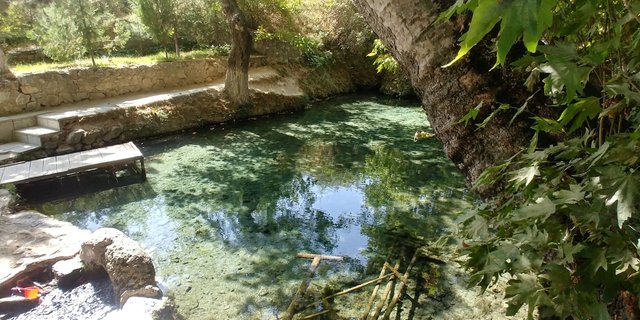
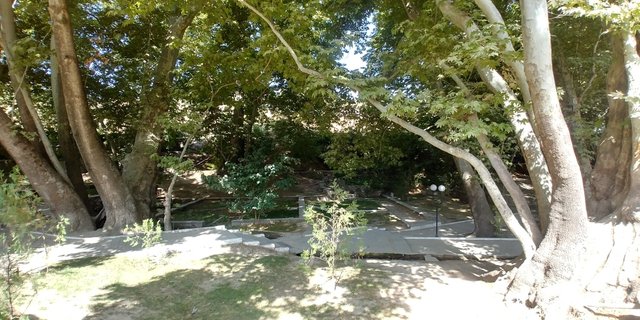
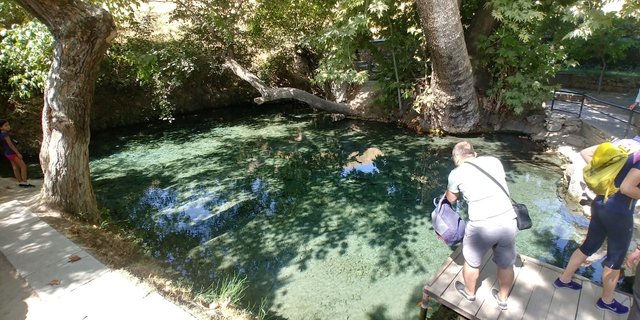
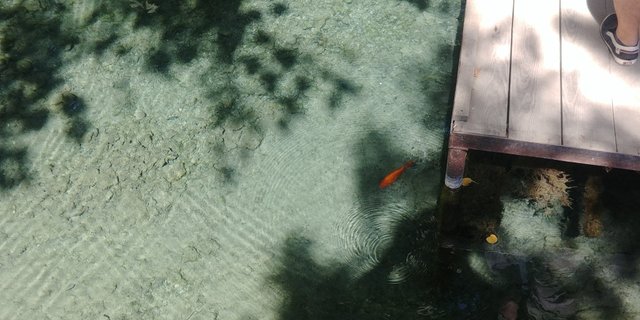
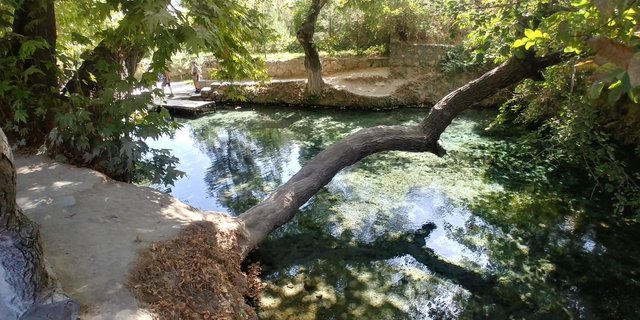
We reluctantly left this beautiful place. To admit, it was associated with the forest of Oblivion. This association intensified when we went beyond the threshold of Chor-Chinor - I again got into my head thoughts about work, about what problems it would be necessary to solve in the office, after returning ... While I was walking along Chor-Chinor, I forgot to think about the fact that going on outside. Waiting for the group to get into the cars, I looked around and saw two aksakals sitting in the shade of trees and drinking fragrant green tea. They were in no hurry, they did not worry about anything - they seemed to already know Zen ...
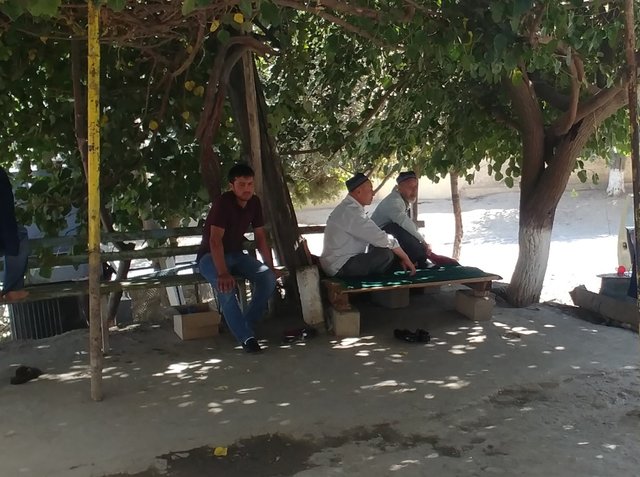
This concludes the first part of my journey. In the next post I will tell you about how we went to the Devil Plateau, descended the old caravan path and climbed into the ancient cave.
